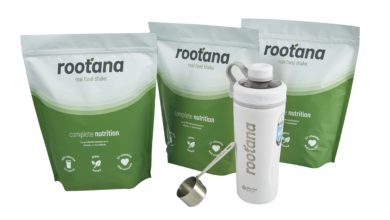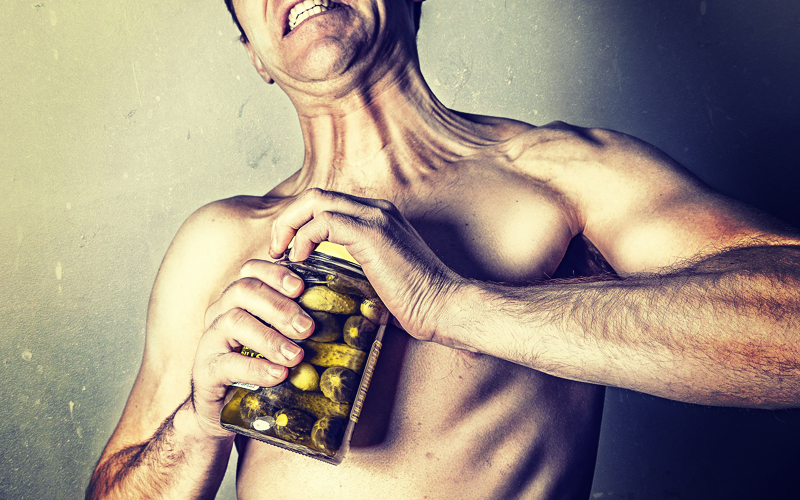
You’ve gone balls to the walls in the gym; you killed the weights and sent them to whichever afterlife it is that dead weights go to. Your diet is on point; you’re gobbling down chicken and rice every other hour — chicken farms can’t keep up with production, and the rice paddies are going empty.
Despite all the hard work that you’re putting in at the gym and where nutrition is concerned, you’re still not looking like the bodybuilding rockstar that you know you should be looking like. This can be frustrating, especially when you know that you’re putting your best foot forward.
There must be something that you’re not doing right.
If both your training and nutrition are on point, what else is there? This is the last thing you would want to hear, but that “else” is recovery.
We get so caught up on focusing on the training ad nutrition aspects of bodybuilding that we completely forget about the recovery process. Some bros will say that all you need for recovery is a protein shake with some dextrose after your workout.
False.
How Does Recovery Play A Role
During training, many biomechanical responses are taking place within our bodies. Muscle fibers are being damaged due to the resistance and glycogen stores which are being depleted.
The stress and breakdown placed on our muscles during training cause inflammation after training. This is more commonly known as DOMS (delayed onset of muscle soreness).
In order to get the best results from your training, you need to get your recovery in. Recovery is an important factor for both short and long-term goals. However, recovery differs from one person to the next.
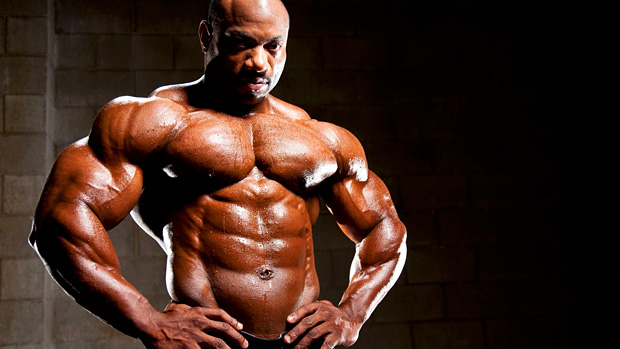
A younger bodybuilder might require less time to recover than a bodybuilder who is advanced in his years.
When thinking about recovery, there are a few things that need to be taken into consideration — intensity, training volume, and the experience of the lifter.
Breaking Recovery Down
Someone who performs a certain movement over and over again tends to become efficient at said movement. A muscle that’s been trained with thousands of repetitions of a specific movement or exercise tends to have a greater recovery ability than an untrained (or less trained) muscle.
The more you perform a specific muscle-building exercise, the faster and more efficient that muscle becomes at recovering.
Although, the more efficient you become at recovering from a certain exercise, the less that muscle becomes stimulated. Whenever this happens, the weight and volume of that exercise needs to be increased in order to stimulate change.
Muscle Groups Differ in Recovery
Not all muscle groups recovery at the same speeds as each other. In case you haven’t trained legs in your life, those mofo’s take forever to recover from their workout. Why do you think there are so many memes about post-leg day?
This is because of their size. The bigger the muscle group, the more muscle fibers there are to be stimulated and engaged.
On the other hand, smaller muscle groups like arms and abs take less time to recover between workouts.

How to Improve Your Recovery Game
Now I’ll get down to the business of explaining a few recovery concepts that you can utilize and finally start seeing the bodybuilding superstar stare back at you in the mirror.
1. Get Your Sleep in
In this day and age, it’s easy to be distracted and kept awake by the technological advanced that we have at our disposal, with TV and smartphones being the biggest culprits of them all.
Some of us work jobs that require us to utilize literally every single hour of the day. For these individuals, it get’s a bit difficult to get some quality sleep in.
For the best results and optimal recovery, it is recommended to get between 7-9 hours of sound sleep in every single day.
Not getting the necessary sleep in that you should, you could trigger a negative response on your hormones and then, they won’t function or respond as optimally as they should.
By getting enough sleep in, you’re setting yourself up for hormonal success and awesome gains.
2. Don’t Neglect to Cool Down After Training
This is probably one of the most overlooked aspects of recovery. Why is that? well, it could be because stretching and performing a few cooldown movements after training is just plain tedious, especially after you’ve just come from looking like a complete badass in the weight room.
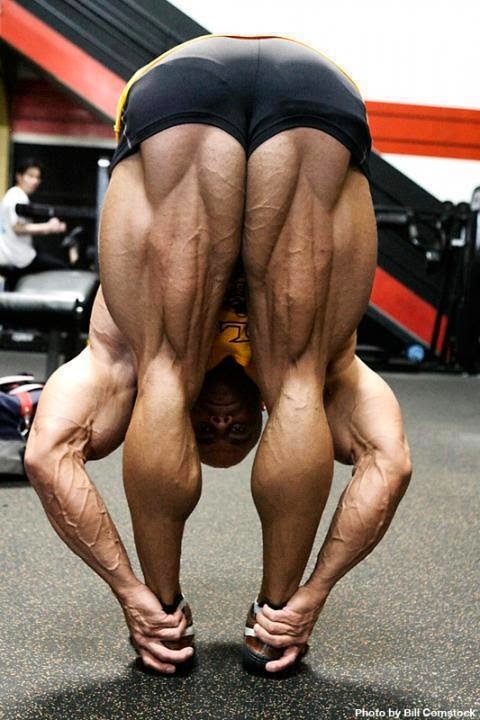
However, by incorporating a small aerobic (15-20 minutes) cool down session after training, aids in removing metabolic byproducts from your system. By doing this, you are pretty much reducing your recovery time until your next workout session for that muscle group.
3. Foam Roll Yourself
I won’t lie, foam rollers are evil. Have you ever tried to roll out a leg with level 2 DOMS? Level 2 DOMS is the second day after leg day, which we all know, is the most painful day after leg day.
However, the benefits of foam rolling exceed the pain that you subject yourself to.
In 2015, a Canadian study conducted on this topic found that by foam rolling for 20 minutes post-workout can reduce DOMS quite effectively. Again, foam rolling hurts like hell but if you want to improve your recovery, there’s no way to it but to do it.
4. Getting A Massage
If there’s anything on this list that I know I’d be able to do and enjoy, it would be to go for regular massages.
You’ll see pro bodybuilders go for massages on a regular basis. The metabolic byproducts we mentioned earlier cause tightness in the muscles, inflammation, and muscle soreness.
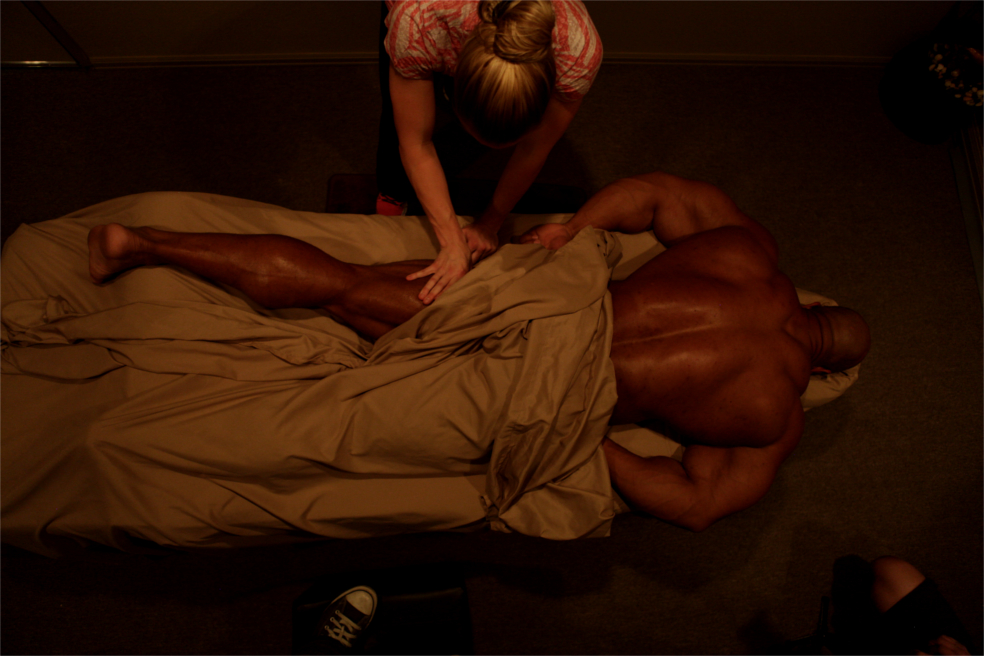
Visiting a masseuse every week can be highly beneficial, especially after training a large muscle group, at reducing the time it takes your body to recover from the workout that you had just put it through.
Although, seeing a massage therapist can be quite pricey. So, perhaps you could sweet talk your partner into giving you rub after your intense gym session, but you might have to do a little giving on your end too.
5. Watch Out for Overtraining
We’ve heard it before, “there’s no such thing as overtraining.” While I’m no doctor or scientist, I know all too well that there comes a point in your lifting life where your performance begins to decrease and all your gains come to a complete halt.
In the paraphrased words of 8-time Mr. Olympia, Lee Haney: “Stimulate, don’t annihilate.”
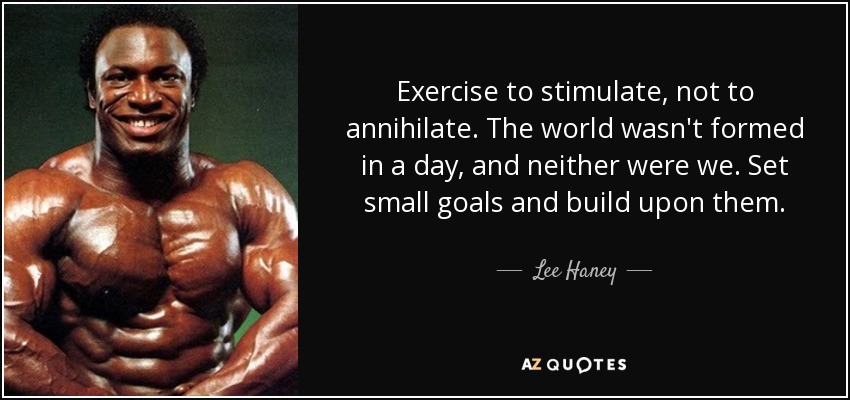
The thing is, when you go into the gym week after week, lifting heavy as balls and training to the point where you are void of any energy, you’re body and performance are going to start declining.
I’m not saying that you shouldn’t train hard, I’m just saying that you should go to the gym with the goal of “killing” your muscles. This is a foolish approach to training.
So, what do you do?
Stimulate your muscles into growing by training with high reps and a weight that still challenges you. Don’t do every set to failure. Training to failure should be reserved for 2-3 sets of your entire workout.
If you’re training to failure with each and every set, then you’re setting your gains up for failure.
Conclusion
Recovery is a from of training, that can sometimes feel like the least important aspect of bodybuilding. Magazines, articles, social media have hardwired our thinking that training and eating are all it takes to be the biggest and baddest mofo in the gym.
If you’re stuck with your gains, try incorporating a few recovery methods. Don’t do everything all at once, but start small by including one recovery method a week or every second week.
We guarantee that you’ll see a positive change in your physique and in your training.





